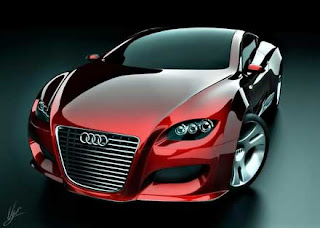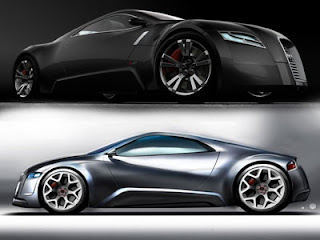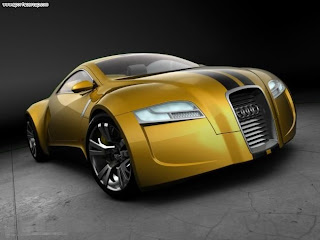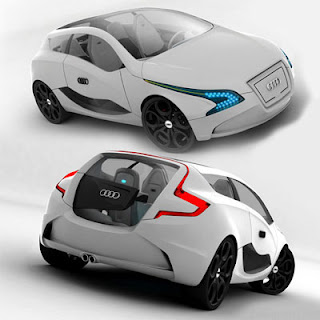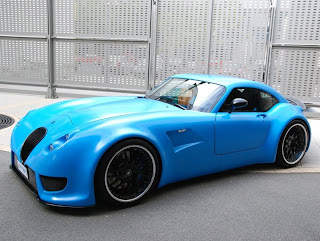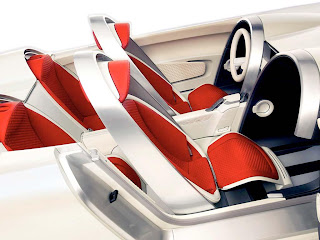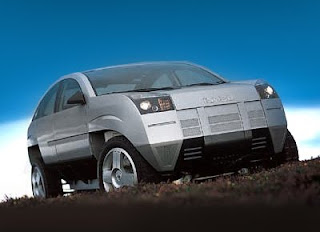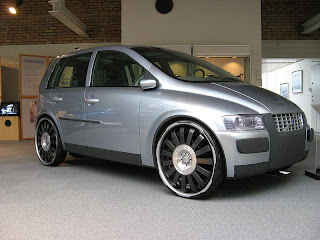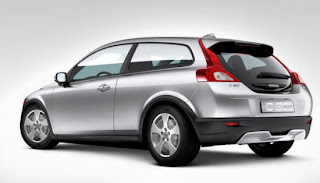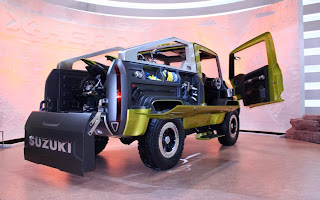 New Cool Modern Design Audi concept car futuristic For future
New Cool Modern Design Audi concept car futuristic For future|
|
|
|---|
Saturday, January 30, 2010
Greats Design Futuristic Model Audi concept car for future
 New Cool Modern Design Audi concept car futuristic For future
New Cool Modern Design Audi concept car futuristic For futureWednesday, January 27, 2010
lamborghini reventon pictures
lamborghini gallardo Wallpaper
Friday, January 15, 2010
Wiesmann GT Concept Car
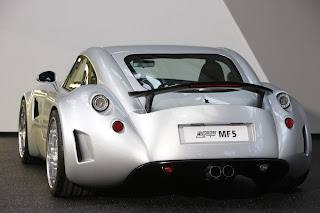 Wiesmann GT Concept Car on Back Body
Wiesmann GT Concept Car on Back Body Wiesmann GT Concept Car in the Front
Wiesmann GT Concept Car in the FrontThis Car Wiesmann GT a design concept car for future because this car looks modern and luxury car. The success of the Roadster concept is based on a successful synthesis of classic design and state-of-the-art engineering. This encouraged Friedhelm and Martin Wiesmann to develop a new, similarly fascinating, sports car on the basis of the Roadster, the Wiesmann GT. The two-seater coupé celebrated its premiere as a production vehicle at the IAA 2005 in Frankfurt, to be acclaimed by the motoring experts.
Despite the suggestions of a classic design as a further development of the Wiesmann-Roadster it was a completely new car which was created. Basic data were gained from the Wiesmann Racing GT, which was tested as a experimental vehicle under extreme conditions during the 24-hour race at the Nürburgring in 2002. Since it was clear from the outset that this vehicle would not only be optically different, but based on different fundamental data, from the Roadster, there was plenty of room for manoeuvre in the development. Starting point for considerations was the engine. This was to represent a new sparkle, come what might.
Since, as it is well known, displacement can only be replaced by one thing, and that is more displacement, thoughts quickly made friends with the idea of using a BMW V8 engine of 4.8 litres capacity. This made a larger engine compartment than the Roadster's essential, which consequently meant that all the dimensions of the Wiesmann GT would have to be oriented towards that. Thus, the GT grew in all directions, compared with the Roadster: it was three centimetres higher, eleven wider, and no less than 37 longer. To take account of the rather higher fuel consumption of the larger engine, 10 litres additional fuel tank volume was provided, at 70 litres, to guarantee adequate range on longer journeys.
The challenge now facing the engineers was to convert the engine's output into vehicle dynamics. Normally, a larger vehicle also weighs more, which in turn adversely affects the performance figures. This was avoided by designing an aluminium monocoque, familiar from the racing scene. In this way, the increase in weight was kept within bounds, and at 70 kg was extremely modest for a car of this size. The bodywork is of lightweight, high-quality, fibreglass-reinforced compound material and in the familiar manner is also fabricated in the factory. The xenon headlights ensure good visibility in darkness, and the rear lights, which consist of LEDs, not only give a clear signal but are also unmistakable as the hallmark of the Wiesmann GT even at night.
With a power-to-weight ratio of 3.41 kg/HP the Wiesmann GT is to be found in the leading group of sports cars. The low centre of gravity, the perfectly-tuned running gear combined with the bullish torque delivered by the engine, the optimum seating position for driver and passenger ensure unalloyed driving enjoyment. The Wiesmann GT is an individual sports car with a classic design, which fits perfectly in the automotive landscape and which will capture its own niche.
Toyota's radical Compact Sports & Specialty Concept Car
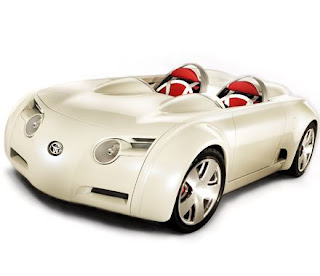 Toyota's radical Compact Sports & Specialty Concept Car in Top
Toyota's radical Compact Sports & Specialty Concept Car in Top 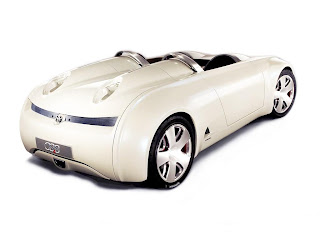 Toyota's radical Compact Sports & Specialty Concept Car in Beside
Toyota's radical Compact Sports & Specialty Concept Car in Beside
This design car toyotas radical compact sports and specialty looks simple car modern for future. i think this concept car toyota is very futuristic car. A radical Toyota sports car featuring a hybrid petrol-electric drive-train and a host of innovative interior features was one of the stars of the media day at the 2005 Melbourne International Motor Show. The CS&S (Compact Sports & Specialty) concept was designed to demonstrate the sporting potential of Toyota's Hybrid Synergy Drive technology, as featured in the second-generation Prius production car. With its midship-mounted next-generation Toyota Hybrid System THS II based on the Hybrid Synergy Drive concept and an E-Four (electric 4-wheel drive) system, the CS&S is designed to provide outstanding environmental performance and driving exhilaration.
In the CS&S a mid-mounted 1.5 litre petrol engine drives the rear wheels while the 50kW high-output motor electric motor drives the front wheels. The arrangement gives the CS&S the extra traction of four wheel drive combined with vigorous acceleration thanks to the high torque characteristics of the electric motor. Four-wheel control provided by the E-Four system and the midship positioning of the hybrid power plant further enhance handling and road-holding performance. Toyota says the CS&S will accelerate to 100 km/h in 8.6 seconds. Despite the quick performance, the concept car's Hybrid Synergy Drive uses less fuel and has lower exhaust emissions than an equivalent conventionally-engined sports car.
The CS&S's innovations extend to the interior which features a revolutionary human-machine interface called Toyota Space Touch (TST). The TST system uses a series of holographic projections which the driver "touches" to control functions such as air conditioning, audio, satellite navigation and email. The car's seating system is flexible, allowing the CS&S to be converted from a two-seater to a 2+2 by the removal of canopies behind the two front seats. In addition, the front passenger seat has been designed in such a way that it can be rotated to cover the entire cockpit area like a hard tonneau cover, thereby boosting anti-theft security
Thursday, January 14, 2010
Nissan Pivo 2 electric concept car picture gallery
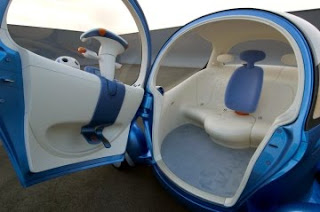 Nisan Pivo 2 Concept Car in front door is literally a front door
Nisan Pivo 2 Concept Car in front door is literally a front door Cute Nisan Pivo 2 Concept Car with White Color
Cute Nisan Pivo 2 Concept Car with White Color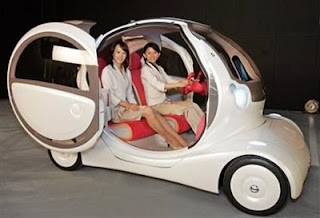 Cute Nisan Pivo 2 Concept Car with Drive Girl
Cute Nisan Pivo 2 Concept Car with Drive Girl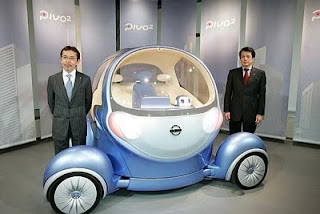 Nisan Pivo 2 Concept Car Auto Tokyo Show
Nisan Pivo 2 Concept Car Auto Tokyo Show Beautiful and Cute Nisan Pivo 2 Concept Car for Girl
Beautiful and Cute Nisan Pivo 2 Concept Car for GirlIsuzu Concept Car Picture Gallery
 Amazing Design Concept Car Isuzu 4200R by Lotus
Amazing Design Concept Car Isuzu 4200R by LotusVolvo concept car picture gallery
Wednesday, January 13, 2010
Suzuki X-Head Concept Car at the Tokyo Auto Show

Suzuki X-HEAD concept: cross-utility functionality and fun
Kia Soul Concept Car
Kia Soul Burner Concept PICTURES
Kia Soul Burner Concept PICS
Kia Soul Burner Concept PHOTOS
Kia Soul Burner Concept IMAGES
Kia Soul Burner Concept WALLPAPERS
